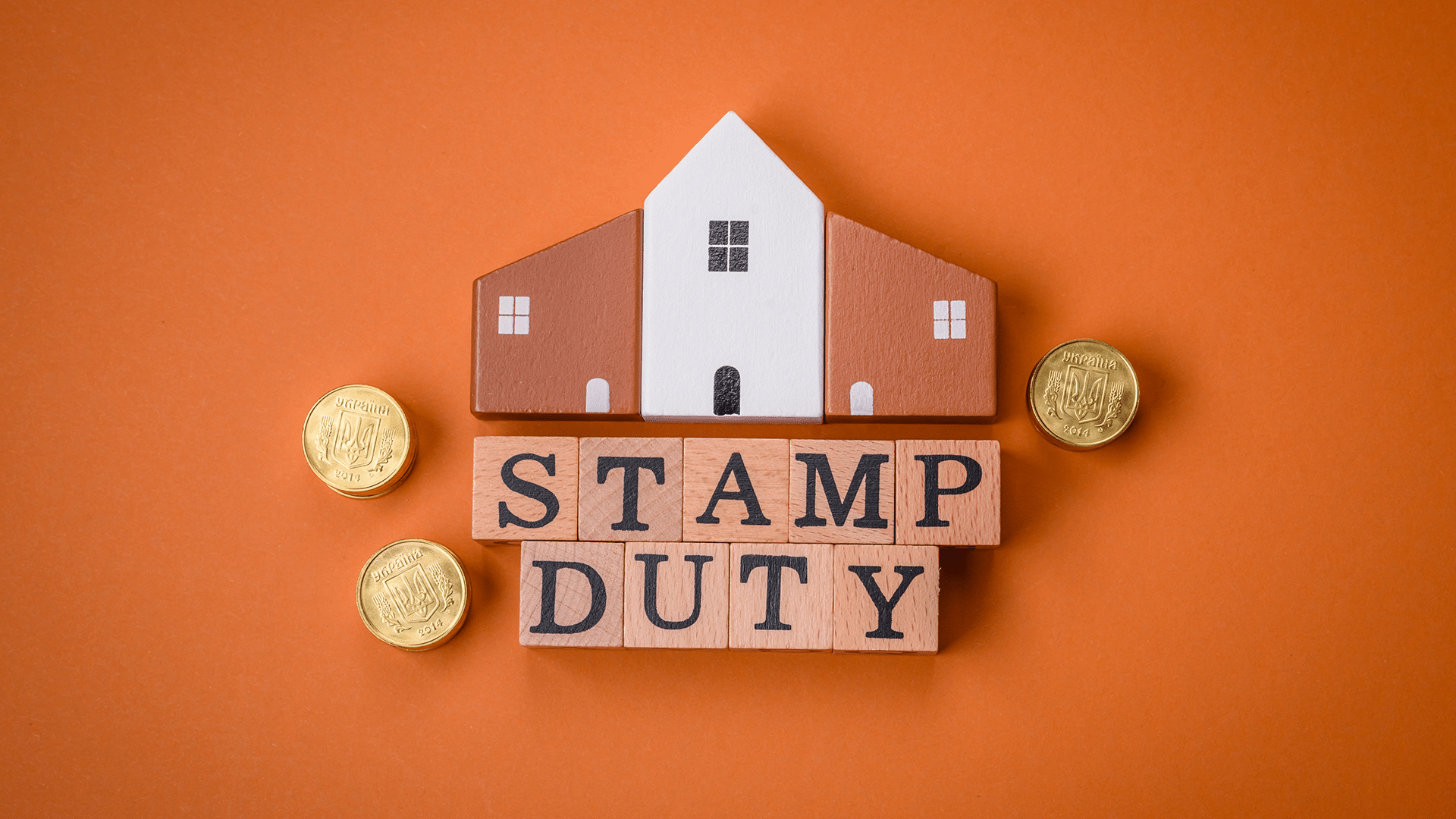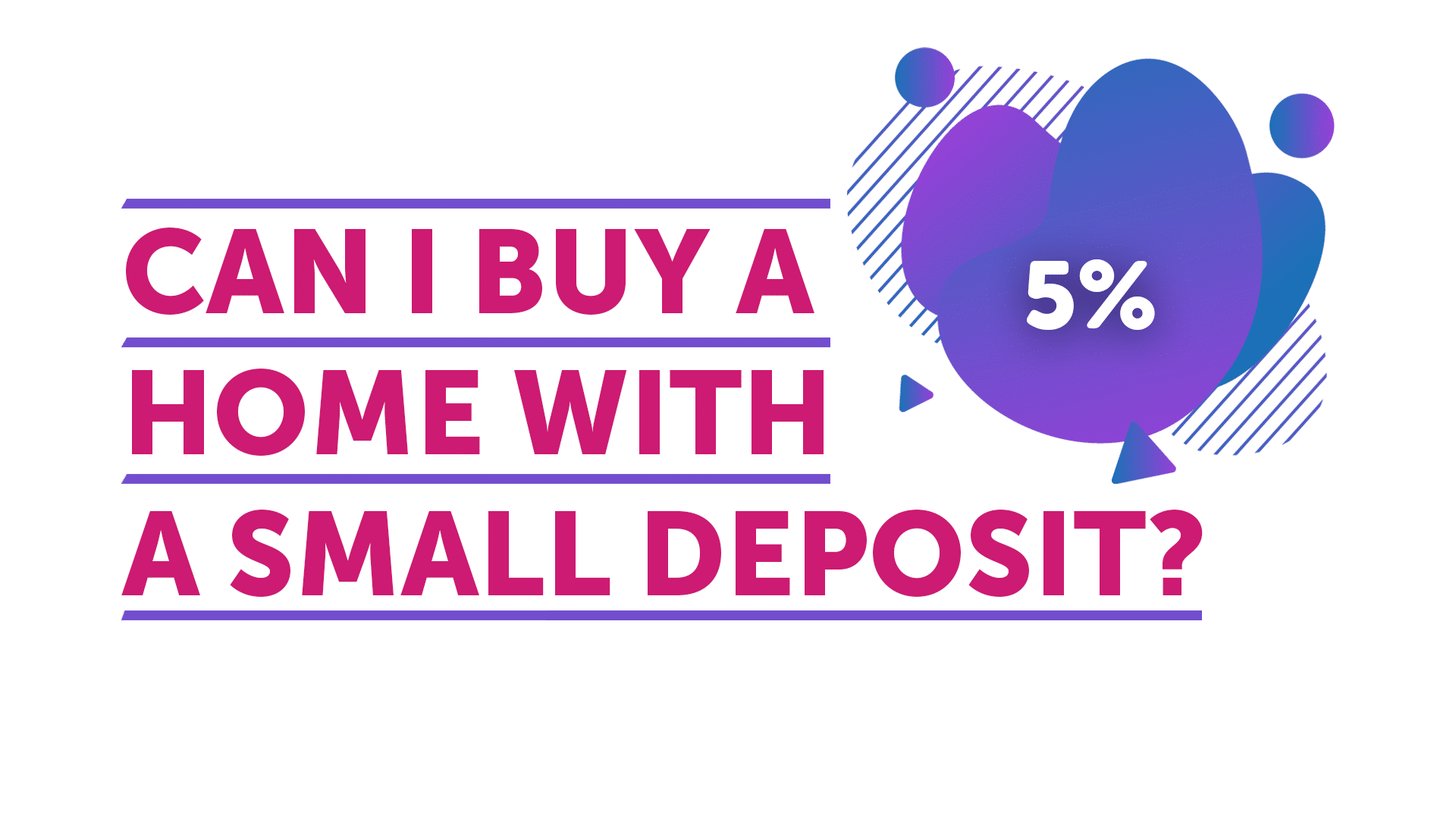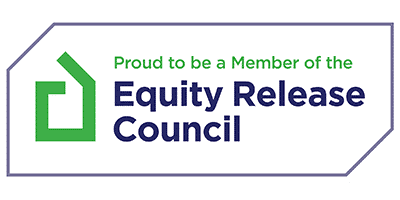In the beginning
To get a true understanding of the 2007/08 “Credit Crunch”, it’s necessary to take a look back at what happened in the years that lead up to that moment. Chances are it was probably through a local building society if you took out a mortgage in the 1970s and ’80s. Believe it or not, banks didn’t always do mortgages!
To judge whether or not you qualified for a mortgage, you would have made an appointment with the manager of your local building society. Customers would then take out savings accounts with the building society and the building society would use that money to lend to their other customers. In order to make a profit, interest rates would also be higher to borrowers than the rate they were paying to savers.
Once the banks started their involvement in mortgage lending, the older model was phased out. Instead of the old way, they would “buy” the money from markets, in order to speed up the rate in which they could lend out to customers.
Mortgages in the 2000s
We jump now to the mid-2000s and where there were plenty of new specialist lenders working in the market, with most of them originating from North America. Their new method was to sell their book of mortgage customers, which allowed them to raise new money and lend again.
This was dubbed “Securitisation”. The investors that bought these books tended to come from much bigger financial institutions such as pension funds and the High Street Banks.
Once the market became more profitable, these new lenders seized the opportunity by introducing more relaxed lending criteria. Poor credit history? No problem! Wanting to self-certify? Go for it! This was all fine until eventually, it wasn’t and the lenders realised they were in trouble.
Problems arise
These new relaxed mortgages, of course, began to default. Major banks lost their confidence in each other, due to the rising uncertainty of how exposed they were in the downward spiralling sub-prime mortgage market.
Pretty quickly, the banks’ share prices completely dropped. Some were bailed out by the UK Government (or more accurately, the taxpayer) in order to stop them going bust, whilst many declared bankruptcy and folded.
Over the course of “The Great Recession”, around 80 different banks, building societies and lenders across around 20 different countries, filed for bankruptcy or were acquired by another company or their countries government.
As a result of this, lending quickly came to a halt. Property prices dropped greatly, and everyone lost confidence in the UK economy. It took almost a decade for the market to safely recover from this economic disaster.
Economy recovery
The ideal port of call here, especially in the eyes of the UK Government, was to ensure this never ever happens again. As such, investigations were undertaken to look into where it all went wrong, leading to the “Mortgage Market Review of 2014”.
By that point, self-cert mortgages had already been banned, but the major change that came was making lenders directly responsible for ensuring mortgages were affordable; that their customers could indeed pay it back.
They dug deeper into customers incomes and outgoings with more accurate lending criteria. Lenders were now paying a lot more attention to credit commitments, childcare and other outgoings, to make absolutely sure customers could consistently afford their mortgage repayments.
Nowadays it’s become a lot harder now to get a mortgage than it used to be. Customers need to be way more organised with paperwork in order to prove their finances are taken very seriously.
A lot of mistakes were made in the period running up to the Credit Crunch, but we hope that the industry learned a lesson this time and has reduced the chances of this ever happening again.
Mortgage Advice in Liverpool
Date Last Edited: September 20, 2024














